Pengfei Zhang
Image Generation Method Based on Heat Diffusion Models
Apr 28, 2025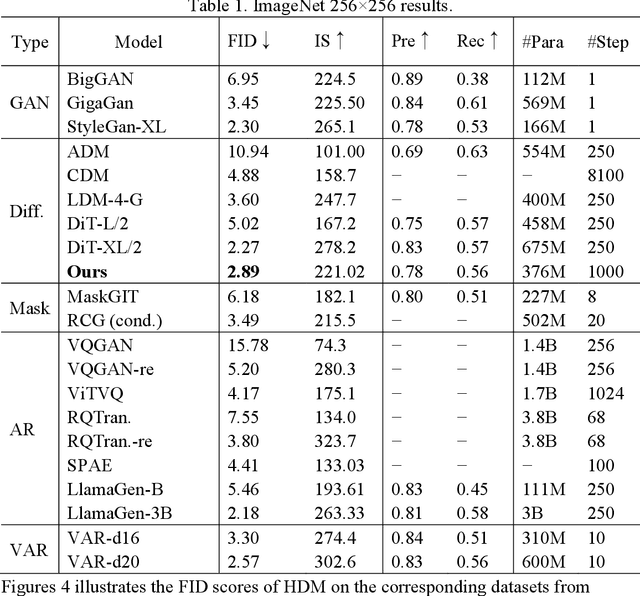
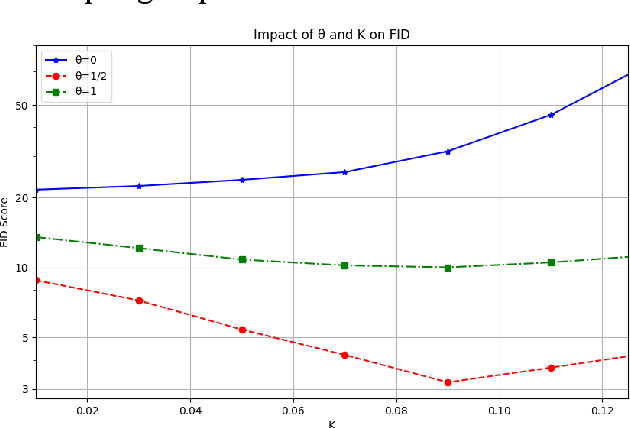
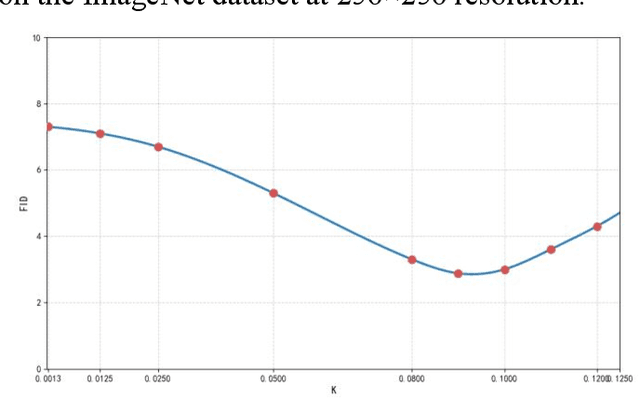
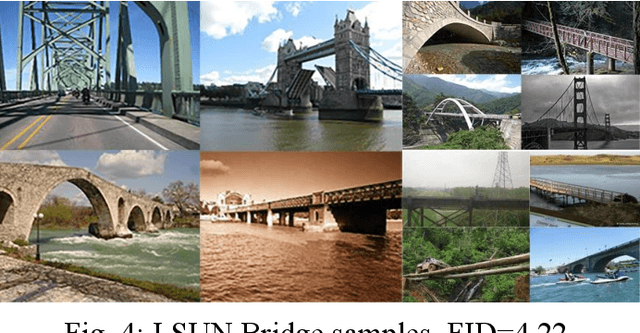
Abstract:Denoising Diffusion Probabilistic Models (DDPMs) achieve high-quality image generation without adversarial training, but they process images as a whole. Since adjacent pixels are highly likely to belong to the same object, we propose the Heat Diffusion Model (HDM) to further preserve image details and generate more realistic images. HDM is a model that incorporates pixel-level operations while maintaining the same training process as DDPM. In HDM, the discrete form of the two-dimensional heat equation is integrated into the diffusion and generation formulas of DDPM, enabling the model to compute relationships between neighboring pixels during image processing. Our experiments demonstrate that HDM can generate higher-quality samples compared to models such as DDPM, Consistency Diffusion Models (CDM), Latent Diffusion Models (LDM), and Vector Quantized Generative Adversarial Networks (VQGAN).
Multimodal 3D Genome Pre-training
Apr 12, 2025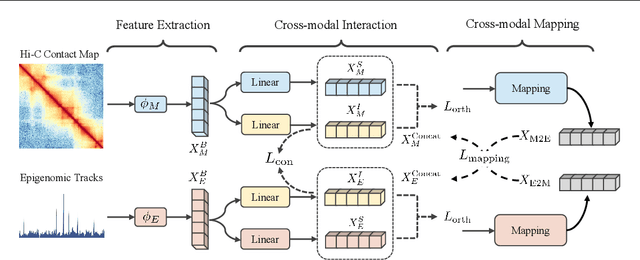
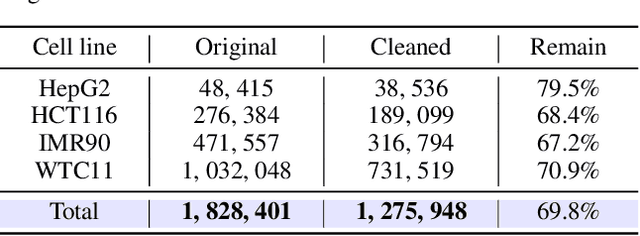
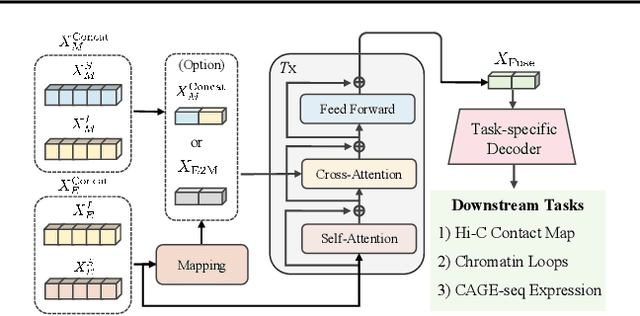
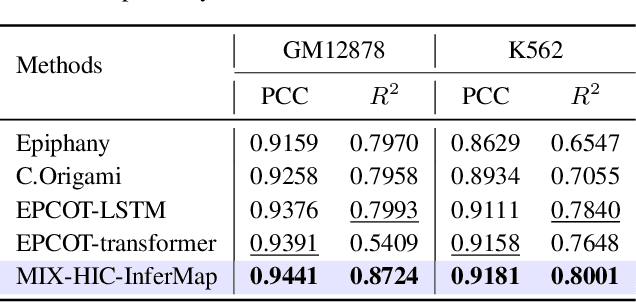
Abstract:Deep learning techniques have driven significant progress in various analytical tasks within 3D genomics in computational biology. However, a holistic understanding of 3D genomics knowledge remains underexplored. Here, we propose MIX-HIC, the first multimodal foundation model of 3D genome that integrates both 3D genome structure and epigenomic tracks, which obtains unified and comprehensive semantics. For accurate heterogeneous semantic fusion, we design the cross-modal interaction and mapping blocks for robust unified representation, yielding the accurate aggregation of 3D genome knowledge. Besides, we introduce the first large-scale dataset comprising over 1 million pairwise samples of Hi-C contact maps and epigenomic tracks for high-quality pre-training, enabling the exploration of functional implications in 3D genomics. Extensive experiments show that MIX-HIC can significantly surpass existing state-of-the-art methods in diverse downstream tasks. This work provides a valuable resource for advancing 3D genomics research.
DEMENTIA-PLAN: An Agent-Based Framework for Multi-Knowledge Graph Retrieval-Augmented Generation in Dementia Care
Mar 26, 2025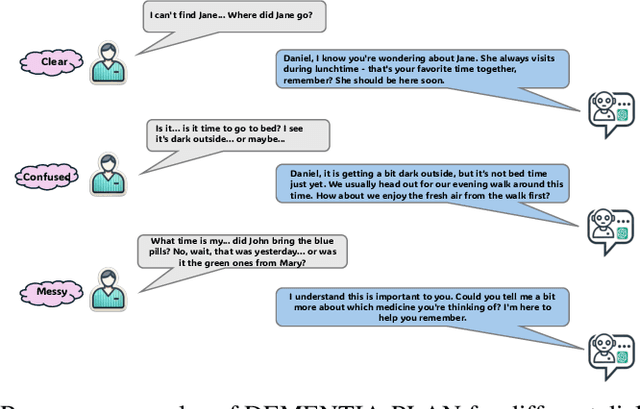
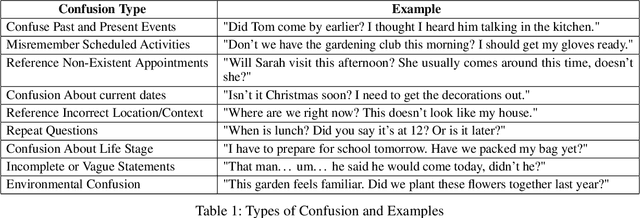
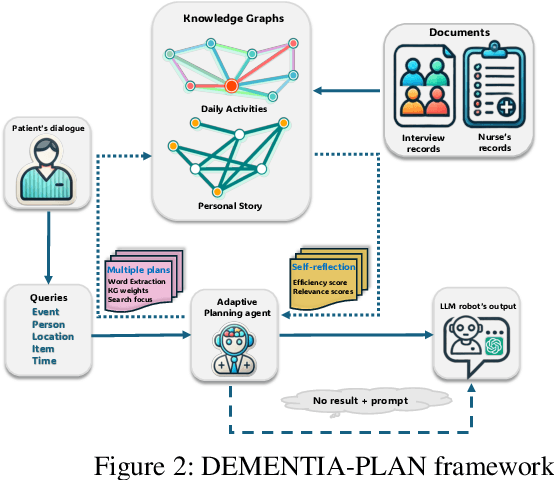

Abstract:Mild-stage dementia patients primarily experience two critical symptoms: severe memory loss and emotional instability. To address these challenges, we propose DEMENTIA-PLAN, an innovative retrieval-augmented generation framework that leverages large language models to enhance conversational support. Our model employs a multiple knowledge graph architecture, integrating various dimensional knowledge representations including daily routine graphs and life memory graphs. Through this multi-graph architecture, DEMENTIA-PLAN comprehensively addresses both immediate care needs and facilitates deeper emotional resonance through personal memories, helping stabilize patient mood while providing reliable memory support. Our notable innovation is the self-reflection planning agent, which systematically coordinates knowledge retrieval and semantic integration across multiple knowledge graphs, while scoring retrieved content from daily routine and life memory graphs to dynamically adjust their retrieval weights for optimized response generation. DEMENTIA-PLAN represents a significant advancement in the clinical application of large language models for dementia care, bridging the gap between AI tools and caregivers interventions.
Contextual Gesture: Co-Speech Gesture Video Generation through Context-aware Gesture Representation
Feb 11, 2025Abstract:Co-speech gesture generation is crucial for creating lifelike avatars and enhancing human-computer interactions by synchronizing gestures with speech. Despite recent advancements, existing methods struggle with accurately identifying the rhythmic or semantic triggers from audio for generating contextualized gesture patterns and achieving pixel-level realism. To address these challenges, we introduce Contextual Gesture, a framework that improves co-speech gesture video generation through three innovative components: (1) a chronological speech-gesture alignment that temporally connects two modalities, (2) a contextualized gesture tokenization that incorporate speech context into motion pattern representation through distillation, and (3) a structure-aware refinement module that employs edge connection to link gesture keypoints to improve video generation. Our extensive experiments demonstrate that Contextual Gesture not only produces realistic and speech-aligned gesture videos but also supports long-sequence generation and video gesture editing applications, shown in Fig.1 Project Page: https://andypinxinliu.github.io/Contextual-Gesture/.
Towards Controllable Speech Synthesis in the Era of Large Language Models: A Survey
Dec 09, 2024



Abstract:Text-to-speech (TTS), also known as speech synthesis, is a prominent research area that aims to generate natural-sounding human speech from text. Recently, with the increasing industrial demand, TTS technologies have evolved beyond synthesizing human-like speech to enabling controllable speech generation. This includes fine-grained control over various attributes of synthesized speech such as emotion, prosody, timbre, and duration. Besides, advancements in deep learning, such as diffusion and large language models, have significantly enhanced controllable TTS over the past several years. In this paper, we conduct a comprehensive survey of controllable TTS, covering approaches ranging from basic control techniques to methods utilizing natural language prompts, aiming to provide a clear understanding of the current state of research. We examine the general controllable TTS pipeline, challenges, model architectures, and control strategies, offering a comprehensive and clear taxonomy of existing methods. Additionally, we provide a detailed summary of datasets and evaluation metrics and shed some light on the applications and future directions of controllable TTS. To the best of our knowledge, this survey paper provides the first comprehensive review of emerging controllable TTS methods, which can serve as a beneficial resource for both academic researchers and industry practitioners.
Behavior Backdoor for Deep Learning Models
Dec 02, 2024



Abstract:The various post-processing methods for deep-learning-based models, such as quantification, pruning, and fine-tuning, play an increasingly important role in artificial intelligence technology, with pre-train large models as one of the main development directions. However, this popular series of post-processing behaviors targeting pre-training deep models has become a breeding ground for new adversarial security issues. In this study, we take the first step towards ``behavioral backdoor'' attack, which is defined as a behavior-triggered backdoor model training procedure, to reveal a new paradigm of backdoor attacks. In practice, we propose the first pipeline of implementing behavior backdoor, i.e., the Quantification Backdoor (QB) attack, upon exploiting model quantification method as the set trigger. Specifically, to adapt the optimization goal of behavior backdoor, we introduce the behavior-driven backdoor object optimizing method by a bi-target behavior backdoor training loss, thus we could guide the poisoned model optimization direction. To update the parameters across multiple models, we adopt the address-shared backdoor model training, thereby the gradient information could be utilized for multimodel collaborative optimization. Extensive experiments have been conducted on different models, datasets, and tasks, demonstrating the effectiveness of this novel backdoor attack and its potential application threats.
Streamlined Federated Unlearning: Unite as One to Be Highly Efficient
Nov 28, 2024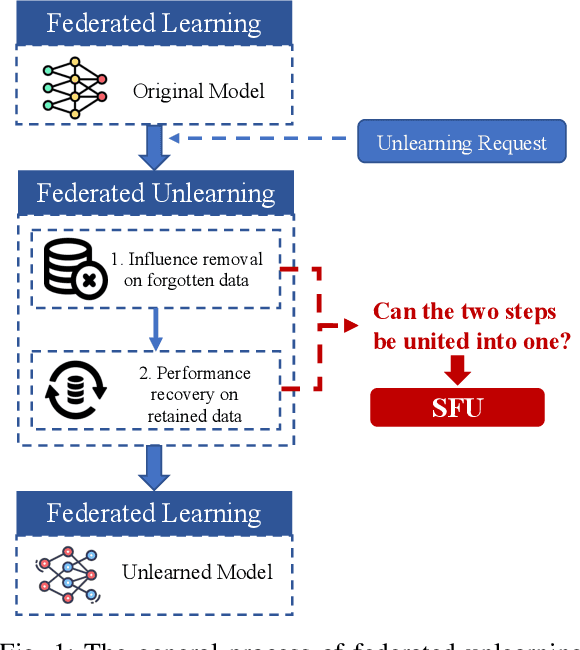
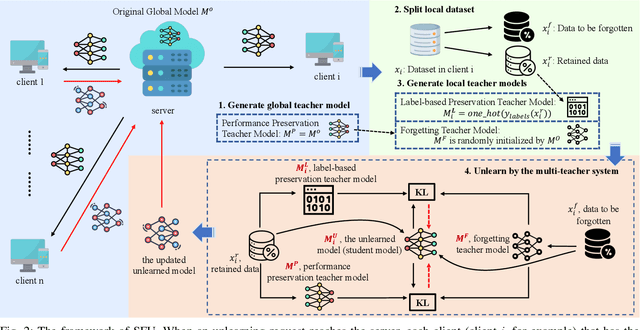
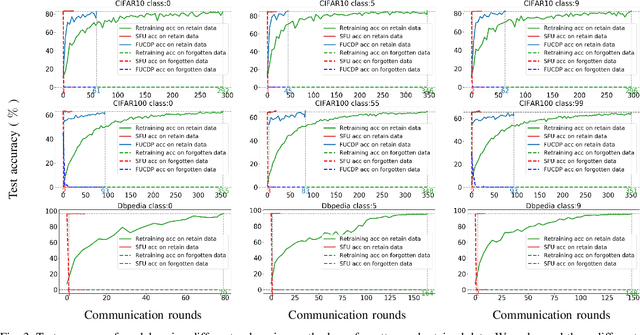

Abstract:Recently, the enactment of "right to be forgotten" laws and regulations has imposed new privacy requirements on federated learning (FL). Researchers aim to remove the influence of certain data from the trained model without training from scratch through federated unlearning (FU). While current FU research has shown progress in enhancing unlearning efficiency, it often results in degraded model performance upon achieving the goal of data unlearning, necessitating additional steps to recover the performance of the unlearned model. Moreover, these approaches also suffer from many shortcomings such as high consumption of computational and storage resources. To this end, we propose a streamlined federated unlearning approach (SFU) aimed at effectively removing the influence of target data while preserving the model's performance on the retained data without degradation. We design a practical multi-teacher system that achieves both target data influence removal and model performance preservation by guiding the unlearned model through several distinct teacher models. SFU is both computationally and storage-efficient, highly flexible, and generalizable. We conducted extensive experiments on both image and text benchmark datasets. The results demonstrate that SFU significantly improves time and communication efficiency compared to the benchmark retraining method and significantly outperforms existing state-of-the-art (SOTA) methods. Additionally, we verified the effectiveness of SFU using the backdoor attack.
KinMo: Kinematic-aware Human Motion Understanding and Generation
Nov 23, 2024



Abstract:Controlling human motion based on text presents an important challenge in computer vision. Traditional approaches often rely on holistic action descriptions for motion synthesis, which struggle to capture subtle movements of local body parts. This limitation restricts the ability to isolate and manipulate specific movements. To address this, we propose a novel motion representation that decomposes motion into distinct body joint group movements and interactions from a kinematic perspective. We design an automatic dataset collection pipeline that enhances the existing text-motion benchmark by incorporating fine-grained local joint-group motion and interaction descriptions. To bridge the gap between text and motion domains, we introduce a hierarchical motion semantics approach that progressively fuses joint-level interaction information into the global action-level semantics for modality alignment. With this hierarchy, we introduce a coarse-to-fine motion synthesis procedure for various generation and editing downstream applications. Our quantitative and qualitative experiments demonstrate that the proposed formulation enhances text-motion retrieval by improving joint-spatial understanding, and enables more precise joint-motion generation and control. Project Page: {\small\url{https://andypinxinliu.github.io/KinMo/}}
Start from Video-Music Retrieval: An Inter-Intra Modal Loss for Cross Modal Retrieval
Jul 28, 2024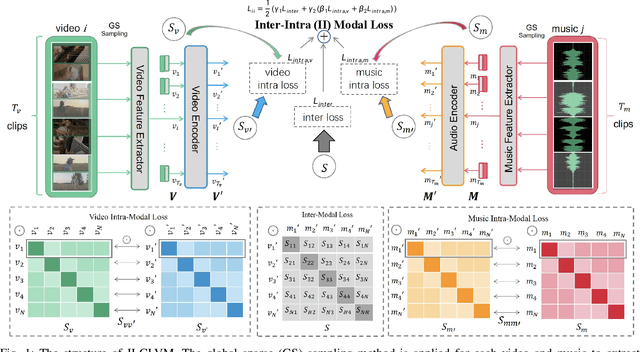
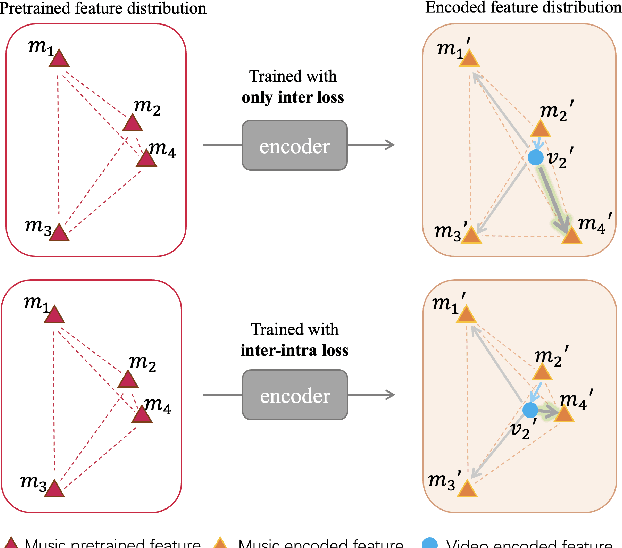
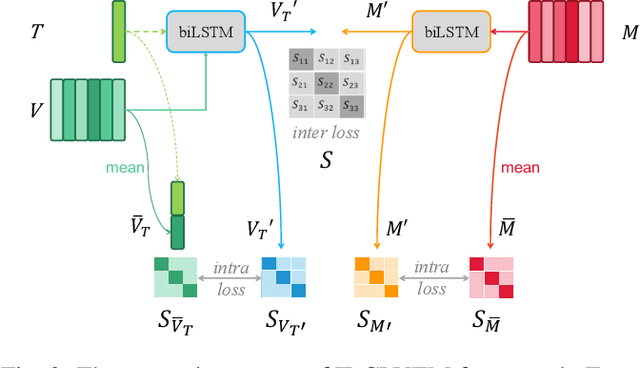

Abstract:The burgeoning short video industry has accelerated the advancement of video-music retrieval technology, assisting content creators in selecting appropriate music for their videos. In self-supervised training for video-to-music retrieval, the video and music samples in the dataset are separated from the same video work, so they are all one-to-one matches. This does not match the real situation. In reality, a video can use different music as background music, and a music can be used as background music for different videos. Many videos and music that are not in a pair may be compatible, leading to false negative noise in the dataset. A novel inter-intra modal (II) loss is proposed as a solution. By reducing the variation of feature distribution within the two modalities before and after the encoder, II loss can reduce the model's overfitting to such noise without removing it in a costly and laborious way. The video-music retrieval framework, II-CLVM (Contrastive Learning for Video-Music Retrieval), incorporating the II Loss, achieves state-of-the-art performance on the YouTube8M dataset. The framework II-CLVTM shows better performance when retrieving music using multi-modal video information (such as text in videos). Experiments are designed to show that II loss can effectively alleviate the problem of false negative noise in retrieval tasks. Experiments also show that II loss improves various self-supervised and supervised uni-modal and cross-modal retrieval tasks, and can obtain good retrieval models with a small amount of training samples.
ISWSST: Index-space-wave State Superposition Transformers for Multispectral Remotely Sensed Imagery Semantic Segmentation
Jul 03, 2024Abstract:Currently the semantic segmentation task of multispectral remotely sensed imagery (MSRSI) faces the following problems: 1) Usually, only single domain feature (i.e., space domain or frequency domain) is considered; 2) downsampling operation in encoder generally leads to the accuracy loss of edge extraction; 3) multichannel features of MSRSI are not fully considered; and 4) prior knowledge of remote sensing is not fully utilized. To solve the aforementioned issues, an index-space-wave state superposition Transformer (ISWSST) is the first to be proposed for MSRSI semantic segmentation by the inspiration from quantum mechanics, whose superiority is as follows: 1) index, space and wave states are superposed or fused to simulate quantum superposition by adaptively voting decision (i.e., ensemble learning idea) for being a stronger classifier and improving the segmentation accuracy; 2) a lossless wavelet pyramid encoder-decoder module is designed to losslessly reconstruct image and simulate quantum entanglement based on wavelet transform and inverse wavelet transform for avoiding the edge extraction loss; 3) combining multispectral features (i.e. remote sensing index and channel attention mechanism) is proposed to accurately extract ground objects from original resolution images; and 4) quantum mechanics are introduced to interpret the underlying superiority of ISWSST. Experiments show that ISWSST is validated and superior to the state-of-the-art architectures for the MSRSI segmentation task, which improves the segmentation and edge extraction accuracy effectively. Codes will be available publicly after our paper is accepted.
 Add to Chrome
Add to Chrome Add to Firefox
Add to Firefox Add to Edge
Add to Edge